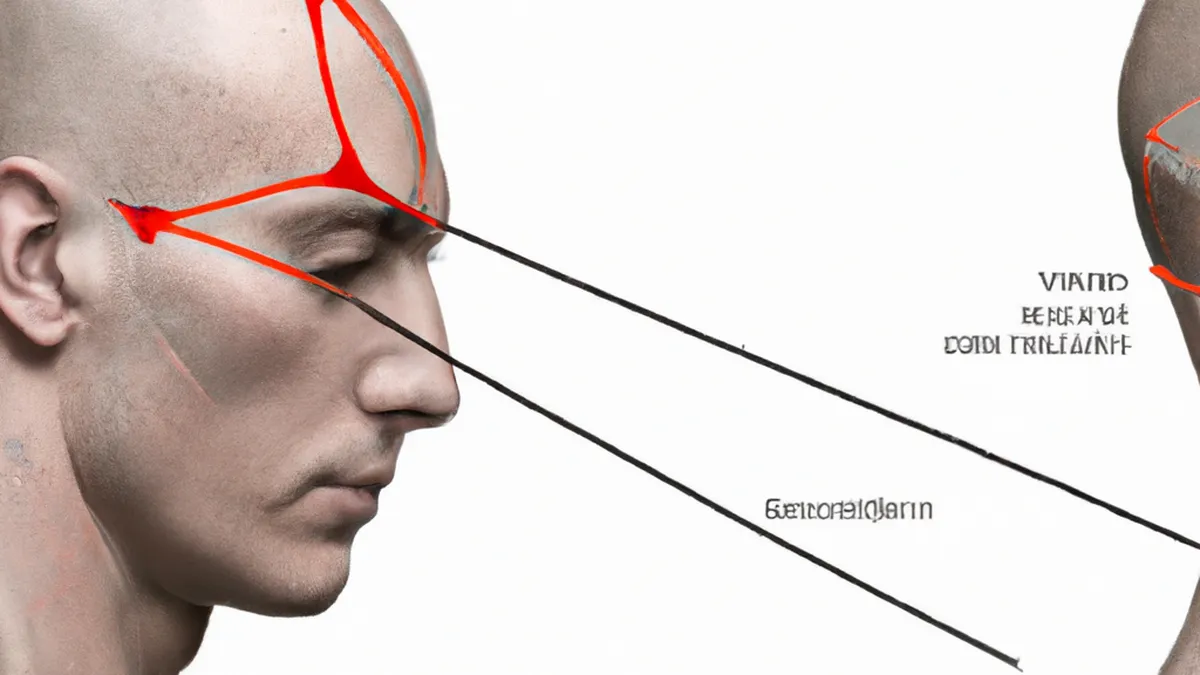Overcome Neck Pain for Peak Performance
The Impact of Neck Strain on Athletic Performance and Recovery
Athletes prioritize strength, endurance, agility, and skill in their training. However, they often overlook their necks. Neck strain can arise from various factors and significantly affect athletic performance and recovery. Athletes must understand neck strain’s implications to optimize training, reduce injury risk, and enhance performance.
Understanding Neck Strain
Neck strain involves injury to the muscles, tendons, or ligaments in the neck. This injury often results from overstretching or tearing. Factors such as repetitive movements, poor posture, sudden impacts, or prolonged static positions can cause neck strain. Athletes in contact sports like football, wrestling, or rugby frequently experience neck strains. However, runners and cyclists may also suffer from neck strain due to improper biomechanics or prolonged positioning.
Neck strain leads to discomfort, pain, and limited mobility. Athletes may struggle to perform at their best due to pain and reduced range of motion. The psychological impact of injury can also increase anxiety and frustration, further hindering performance.
The Effect on Performance
Neck strain directly affects athletic performance. It limits the neck’s range of motion, crucial for many sports. Athletes need to rotate their heads and maintain proper alignment for balance and coordination. Stiffness or pain can hinder these movements, leading to suboptimal performance.
Neck strain also decreases strength and stability. Neck muscles stabilize the head and maintain posture during activities. Injured neck muscles can impair head stabilization, affecting overall balance and agility. This instability increases the risk of falls or other injuries, complicating training and competition efforts.
Neck pain can also impact concentration and mental focus. Discomfort distracts athletes, making it hard to focus on performance or react quickly during competitions. This distraction can lead to costly mistakes in high-stakes situations.
Tips for Prevention
Preventing neck strain is crucial for athletes aiming to maintain performance and minimize injury risk. Consider these effective strategies:
1. Strengthening Exercises
Incorporate neck-strengthening exercises into your training. Neck rotations, flexions, and extensions build resilience in the neck muscles. Strong neck muscles provide better support and stability, reducing strain during physical activities.
2. Proper Warm-Up
A proper warm-up is essential before any training session or competition. A thorough warm-up increases blood flow.
Conclusion
Understanding neck strain helps athletes optimize training and enhance performance while minimizing injury risk.
Below are related products based on this post:
FAQ
What are the common causes of neck strain in athletes?
Neck strain can result from various factors including overstretching or tearing of muscles, tendons, or ligaments. Common causes include repetitive movements, poor posture, sudden impacts, or prolonged static positions. Athletes in contact sports are particularly susceptible, but runners and cyclists can also experience neck strain due to improper biomechanics or positioning.
How does neck strain affect athletic performance?
Neck strain limits the neck’s range of motion, which is essential for maintaining balance and coordination in many sports. It can decrease strength and stability, impairing head stabilization and increasing the risk of falls or other injuries. Additionally, neck pain can distract athletes, affecting their concentration and mental focus, which may lead to mistakes during competition.
What are some effective strategies to prevent neck strain?
To prevent neck strain, athletes should incorporate neck-strengthening exercises, such as rotations, flexions, and extensions, into their training regimen. Additionally, performing a proper warm-up before training sessions or competitions is crucial to increase blood flow and prepare the muscles for activity.















Post Comment